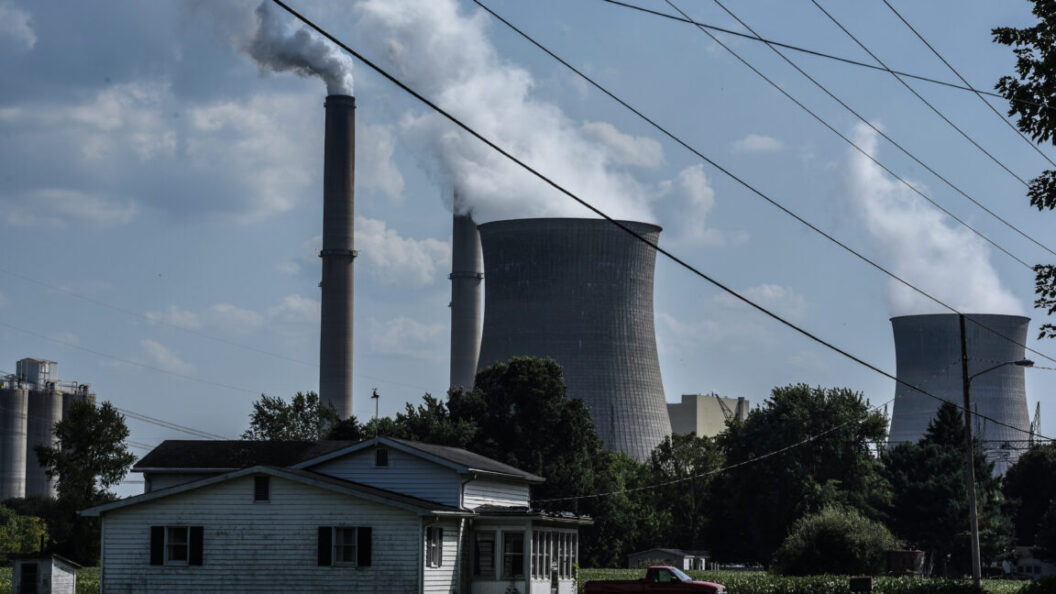Renewed Interest in U.S. Coal Power Amid Soaring Demand Forecasts
Shift in Energy Landscape
As discussions regarding energy policy intensify in the United States, the coal industry is witnessing a resurgence of interest, particularly in light of former President Donald Trump’s anticipated return to the political arena. This renewed focus aligns with forecasts predicting a significant increase in electricity demand. However, while some coal plants have delayed retirement dates, experts caution against interpreting these adjustments as signifying a genuine revival of the coal power sector.
Extensions and Retirement Trends
In a review of current coal power facilities, it appears that some operators are responding to rising energy demands by extending the operational periods of their coal plants. A noteworthy example includes the Gibson coal plant in Indiana, which is now scheduled to close in 2038 instead of its earlier plan for 2035. This extension was announced by Duke Energy, emphasizing their strategy to manage coal supply in the face of fluctuating energy needs.
Though this reluctance to retire existing plants may slow the decline of the coal industry, it does not imply a reversal of its fortunes. The data indicates minimal development of new coal plants, undermining the possibility of a substantial comeback. Without new facilities being built, the long-term outlook for coal remains bleak even with such temporary extensions.
Assessing the Current State of Coal Plants
A broader examination of the coal industry reveals that five out of the ten largest coal-fired power plants in the United States had set retirement dates as of October. This trend is indicative of the ongoing shift towards cleaner energy sources, as many states aim to reduce their reliance on coal due to environmental and economic concerns.
Southern Co., for instance, had previously indicated intentions to close Plant Bowen in Georgia—the nation’s largest coal facility by summer capacity—by 2035. However, the broader industry outlook continues to be dominated by closures rather than new infrastructure initiatives. Analysts suggest that the absence of new coal plant developments reflects a significant transition in energy strategy, emphasizing renewable sources over fossil fuels.
Environmental and Economic Implications
The implications of extending coal plant operations, while seemingly beneficial for meeting immediate power demands, raise significant environmental concerns. As coal is one of the dirtiest energy sources, increasing reliance on these facilities could hinder progress toward national and global climate goals. Furthermore, the environmental impacts of coal combustion remain profound, including air pollution and the release of greenhouse gases.
The discussions surrounding coal’s place in the energy landscape highlight a complex balance between economic needs and environmental responsibilities. As policymakers navigate these challenges, the future of coal power in the U.S. must be addressed within the context of broader energy goals, including transitioning to sustainable practices.
Conclusion: A Transitional Phase for Coal
In summary, while some coal plants are postponing their retirement, this trend does not signify a robust resurgence of coal power in the United States. Instead, it underscores the ongoing tension between increasing energy demands and the imperative to reduce carbon emissions. The continued reliance on coal for energy underscores the need for a comprehensive strategy that includes investment in clean energy alternatives and an emphasis on reducing dependence on fossil fuels.
As the nation grapples with its energy future, the significance of coal’s current status provides a critical lens through which to evaluate the broader challenges and opportunities facing the energy sector. The next few years will be pivotal in determining how the U.S. energy landscape evolves, particularly in its commitment to sustainability.









